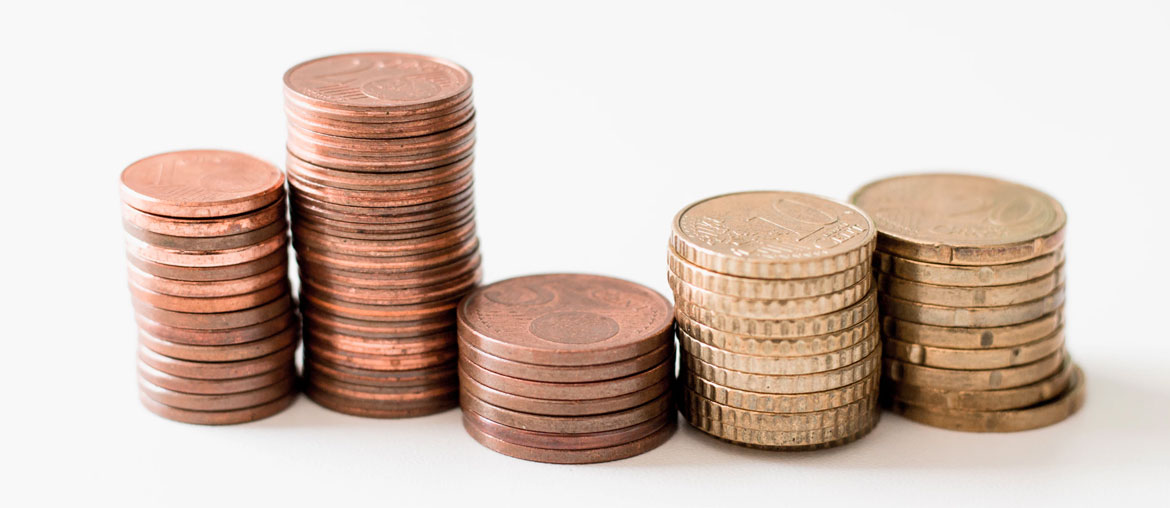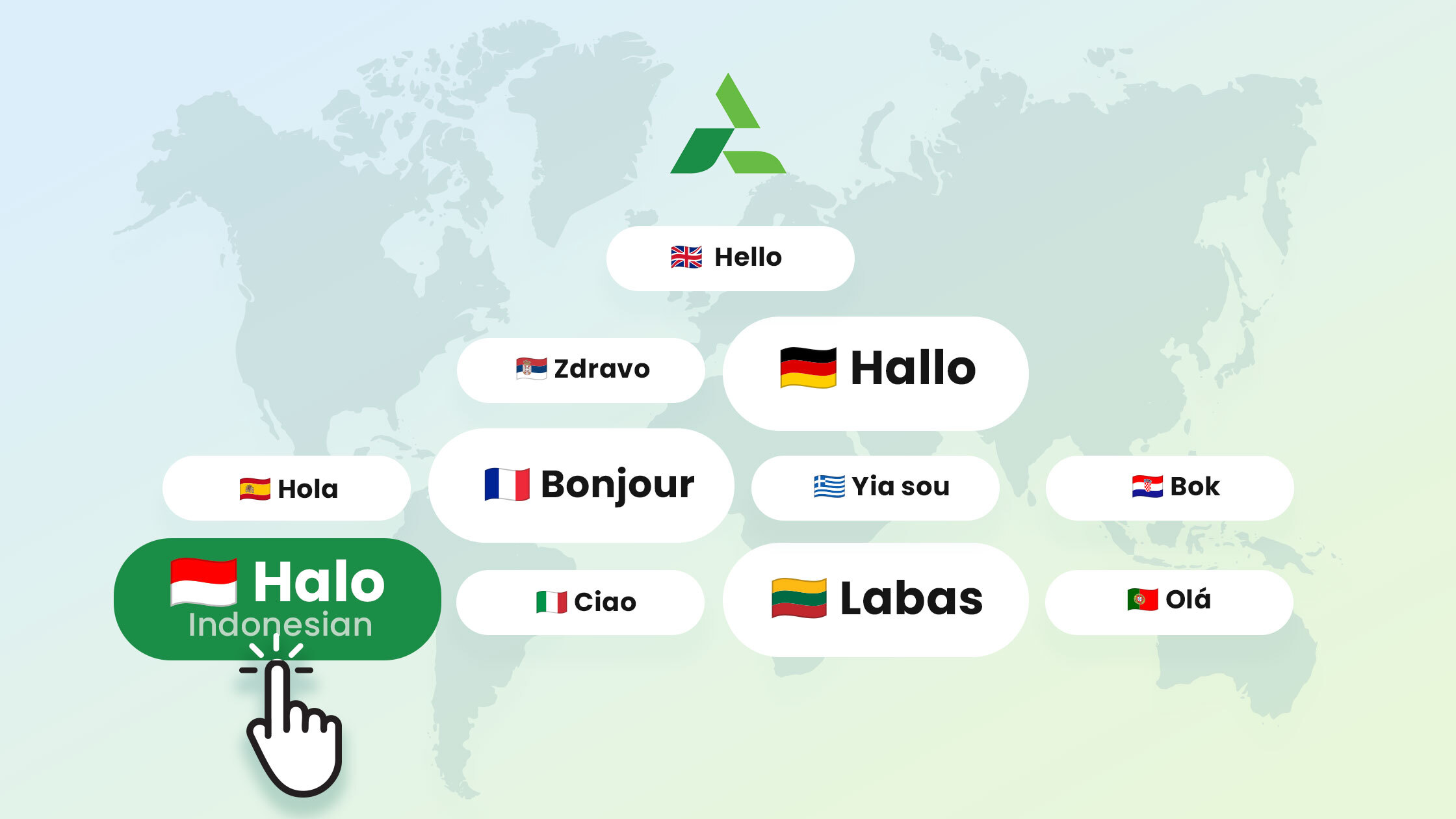Setting effective and profitable rates is a major hurdle for vacation rental owners and first-time managers. And rightfully so, it’s a big subject that requires research and constant monitoring. Of course, it’s possible to set a flat rate that guests find fair and allows you to make a profit. But your occupancy will be severely limited, and success is certainly short-lived.
The goal is to arrive on a carefully calculated number that takes into account your competition and locality, as well as fluctuating demand. It’s understandable if this sounds daunting, but it’s easier once the process is demystified.
To set your rates properly, simply follow the steps outline below!
Research the Competition
This should be the first step for any VR owner/manager. You should already have a good idea of rate ranges for similar properties in the area from calculating your ROI. But it never hurts to get yourself up to date on what your neighbors are charging.
Method #1
There’s a few ways to approach this, but the most basic is by using Airbnb, Booking.com, and other major OTAs to search your area. You’re looking specifically for similar properties to yours, so make note of the ones with the same number of rooms, same style/aesthetic appeal, same amenities, same max guests, etc.
It’s important to check more than one listing site in case some major competitors are listing exclusively on one platform. If your search is coming up short, just adjust your prospective stay dates in your search parameters. Your competition may be all booked up for the dates you’re searching. Keep in mind that most VR listings will have a lowered rate for longer stay lengths and early bookings.
Method #2
If the aforementioned sounds like too much effort, there are a few tools that perform these searches automatically. They’ll return just the data you need in a few seconds. These services cost money to use in most cases – the best-priced and most comprehensive service is AirDNA.
After you’ve taken your competitors’ prices into account, you can come up with a suitable range for starting rates. If similar properties are priced between $80 and $120 per night, you know your standard rate will fall somewhere within there.
But don’t set your rates yet – there’s more research to do!
Research Seasonal Peaks
This part is a little more difficult to perform manually, since it requires data collection over long stretches of time. Thankfully, Airdna (and some others, like Mashvisor) collect seasonal data.
This will give you a good idea of how you should be adjusting your rates over the course of the year. It’s important to take note of where you are currently in terms of seasonal fluctuation. This way, you can make accurate assumptions about the competitor data you collected before.
For example, if you’re at a seasonal low at 10% lower than the average monthly traffic, you can assume the competitor rates you collected are at their lowest. This way you can set your base rate (or average rate, in terms of seasonal traffic expectations) more accurately. From there you can lower and raise it as traffic fluctuates, but remain within a range that your competitors fall within.
Calculate Expenses
After your research, you should have a solid base rate and seasonal low/high rates. Now it’s time to check these numbers against your expenses and ensure you’re making a reasonable profit. This process is described in full detail in the ROI article.
Essentially, you’ll be taking into account all of your monthly expenses, like utilities, lease/mortgage costs, maintenance, safe overheads for repairs, etc. Once you have a number for monthly expenses, you’ll want your guest expenses. This is just the cost per single stay – cleaning service, toiletries, amenity usage, etc.
Once you have those two numbers, you can do some calculations to ensure you’ll be satisfied with your net profits. This is also a great time to calculate some minimums – as in, how many guests / stays do you need every month to break even on your expenses. It’s good to keep this in mind if occupancy dips. You’ll be able to make a measured approach to improve occupancy without being too drastic about price slashing / discounts.
Adjust Appropriately
Finally – you have a super accurate base rate, seasonal occupancy and profit expectations, as well as a firm grasp of competitor presence! So what now? Well, you can set your nightly rates based on this data and be happy, or you can take your rate strategy to the next level.
Your ability to set effective rates is the key to being a top competitor in your locality as well as maximizing your profitability at every opportunity. You have to be vigilant in your monitoring and rate adjustments. That means keeping an eye on a number of extra factors that can affect demand.
Weekends, holidays, special events, local vacancies – these are external factors that you can take advantage of to increase profits and ensure your booking rate is high. It can be a struggle keeping up with all this, but rest-assured, your returns will justify the work.
Again – if this all sounds like too much to handle, Rategenie will take care of it all for a small, flat monthly fee.





